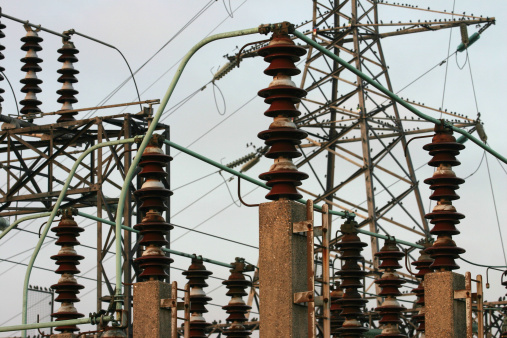The World Bank has ranked Nigeria as the second largest country in the world after India and the first in Sub-Saharan Africa with more of her population without electricity.
This is as a result of Nigeria’s inability to provide electricity to about 80 million of its people, according to the Bank, in a draft report of its environment and social systems assessment (ESSA) of the Power Sector Recovery Program (PSRP) it is working on with the country’s federal government.
In this regard, the World Bank revealed that the country would need to connect between 500,000 to 800,000 new households to electricity sources every year between now and 2030 to be able to achieve her targets of universal access to electricity for its citizens.
The figures of citizens who have access to electricity, having meters connected to their consumption points, the bank said, were unclear as all the electricity distribution companies (Discos) have conflicting figures, different from what the Nigerian Electricity Regulatory Commission (NERC) has.
According to the Bank, Nigeria’s inability to provide electricity to about 80 million of its people meant that it is the second country after India in the world with more of her population without electricity and the first in Sub-Saharan Africa.
“With about 80 million people lacking access to grid electricity, Nigeria has the largest access deficit in Sub-Saharan Africa and the second largest in the world, after India.
“Up to 83.6 per cent of the urban population had access while only 39.1 percent of the rural population did. Similarly, the connection rate ranges from 26.7 percent in the northeast to 82.4 percent in the south-south zone.
“Levels of access to electricity also vary between the states, from close to universal access in Lagos to about 11 percent in Taraba. Thirteen states have levels of access below 40 percent. This can be compared with the incidence of absolute poverty in each state,” said the report.
It further explained: “The government’s target is to achieve 75 percent electrification by 2025, which would require doubling the number of households with connections by that date. To achieve universal access to electricity by 2030, Nigeria would need to connect between 500,000 to 800,000 households per year.
“Both grid extension and off-grid solutions will be needed to provide quality services to the unserved and underserved households and businesses in a timely manner,” the bank added.
On the disparity in the metering figures, the report noted that: “Nigeria had 9.5 million electricity customers in 2016 (NERC projection). The number of customers per Disco varies widely, from 345,000 (Yola) to 1,750,000 (Ibadan).
“The true number of customers is not accurately known, however, Discos’ own figures for their tariff revision submissions totalled 6.49 million customers, while the latest household survey in 2015/16 estimates that around 19 million households have some access to electricity,” the bank said.
It stated that electricity customers in Nigeria’s power market fall into four categories of residential; commercial; industrial; and the public, adding that residential customers accounted for about 59 percent of electricity consumed, while commercial consumers accounted for about 19 percent and industrial customers accounted for about seven percent.
“The relatively small share of electricity consumed by industrial customers may be related to the prevalence of own-generation by industrial businesses. Among households, electricity access is still limited in Nigeria,” it said.







